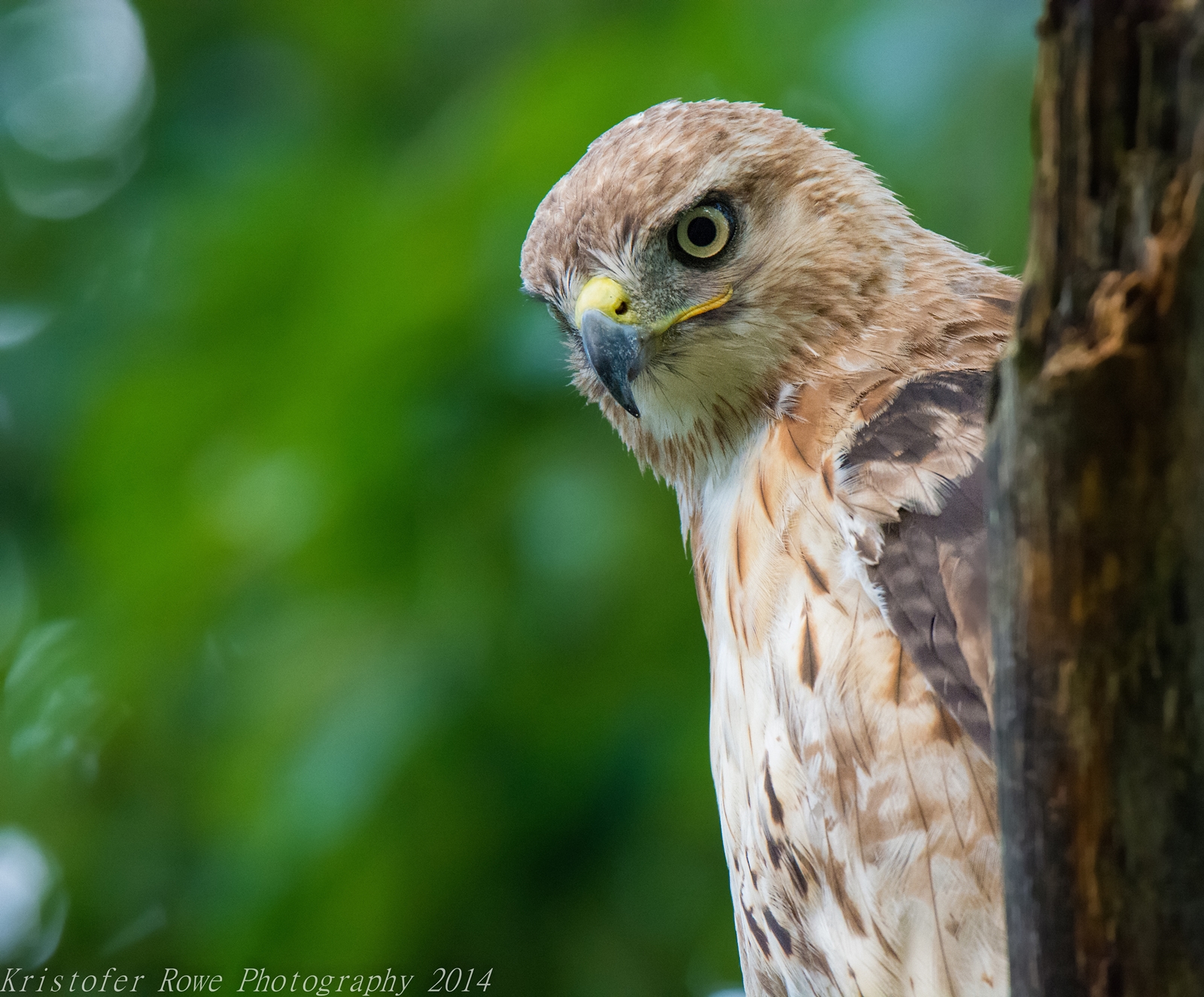No.
Sunny 16 for FF, as always.
Then your statement about FF sensors collecting more light and need one less stop of exposure doesn't make sense.
Let's put it the other way to make it easier. Reversed thinking.
The FF 35mm is a long lasting size, since the film era. It always needed this specific light. Like the f/16 sunny rule. That size is today reproduced by the FF sensors.
With the popularization of croped sensors, with the digital era, the smallest sensors needed more light to reproduce the exact same scene of the full frame big brother, that all were used to with the 35mm film/sensor. So it is the crop sensor who needs more light, not the full frame brother.
The "sunny 11" you played with means one
more stop of light to the full frame, not one stop less. One less would make it "sunny 22", and in a old school 35mm film, that would be the "snow/sand 22", if I may say so. Who needs more light is the croped smallest sensor, not the big FF one, that continues with th "sunny 16" as always.
And the sunny 16 thing is just a starting point, no more.
Got it?
But I have to admit that many people have different opnion about that debate, and I may be wrong. That was debated a lot right after the release of the first digital croped sensors. Not sure, but that's my feeling and experience so far. I'm happy to be convinced of the opposite.






![[No title]](/data/xfmg/thumbnail/32/32715-2fc6326453c7dda13dae0bbb0cc16864.jpg?1734162341)




![[No title]](/data/xfmg/thumbnail/32/32718-19d5f7764b6f43f6cec5a67701261560.jpg?1734162358)


